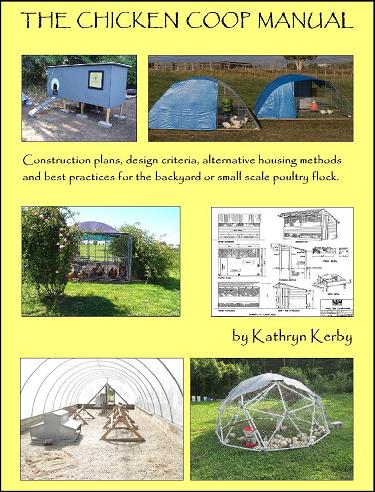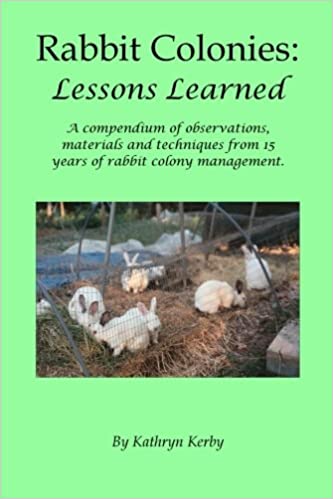|
Search this site for keywords or topics..... | ||

Custom Search
| ||
Aquaponics
Aquaponics is a relatively new approach to growing crops, which combines many of the advantages of hydroponics and aquaculture. Yet this approach does away with many of the disadvantages of those two parent methods. It can be very simple, or quite involved, depending on quite a few factors. It can also be either inexpensive, or very costly, again depending on a variety of factors. Even as we learn more about this method and start to use it here, we'll share what we've learned so far, along with references for more information.
Fish Component
One half of the aquaponics equation is the fishtank. The fish provide the nutrients for the plants in this closed-loop system. A variety of fish species have been used successfully in aquaponics, and even standard tropical aquarium fish have been used in hobbyist systems. However, tilapia and goldfish are by far the most commonly used species in small scale and commercial operations. Aquaponics is a demanding growing system and fish health is imperative to plant health. So growers must not only know their plants, they must also be able to successfully manage their fish populations. In return, those fish can provide either a food or market crop for the grower.
So far we have experimented with tilapia, goldfish and common tropical aquarium fish. We'll be writing up those first results, and our next experiments. Check back here for those updates.
Plant Component
The other half of the aquaponics equation is the plant population, whether they be vegetables, ornamentals, herbs or fodder crops. The plant roots provide crucial water filtration, consuming the fish wastes in the water, such that the water can be circulated back to the fish tanks. This is how an aquaponics system can be as close to a closed system as any form of agriculture yet conceived by man.
Yet there are many challenges to be overcome. The plant population must be carefully matched to the fish population, or more precisely to the amounts fed to the fish. If there are too many plants compared to fish, then the plants suffer from deficiencies. If there are too few plants compared to fish, the plant roots cannot adequately remove all the nutrients from the water and water quality declines. Yet when they are well matched, the plants can thrive with growth rates and production rates far beyond what is available in soil-based growing, and sometimes beyond even hydroponic yields.
System Layouts
Since the fish component and the plant component must be combined so carefully, only a few possible layout systems have emerged as being cost-effective. We discuss those layouts here. Some are very well suited to home and even classroom use. Others are well suited for small scale production, and a few are better suited for large scale production. Each has their own advantages and disadvantages. We'll be writing up each of them here as we get the chance to do so. Check back for those updates.
Growing Media
Just as in hydroponics, growing media is a critical component of an aquaponics system. And just as with hydroponics, each possible growing media selection has its advantages and disadvantages. We have experimented with most of the options available, and we have written up our experiences with each type on our Growing Media page.
Controlled Climate Growing Methods
Most aquaponics systems, either hobbyist or commercial, take place in some kind of protected environment - a hoophouse or greenhouse of some type. Even when folks are in love with the notion of aquaponics, they can hesitate to take the plunge simply because of concerns about creating and maintaining that protected environment. In our Season Extension section of the website, we cover a variety of ways to create protected environments for whatever you're growing, via whatever method. At least some of these methods would work very well for an aquaponics setup. Click here to look at that new section and review your options.
Aquaponics Books
Aquaponics is a relatively new discipline, but we are very fortunate to already have quite a few universities, companies and individuals working on methods, equipment, system balancing and other management. A number of books have been published in recent years describing aquaponics as a whole, and detailing all the different elements. We have read most of the books below and recommend them all. You'll find, as with anything else, there's more than one way to succeed with aquaponics, but there's no reason to reinvent the wheel. Following the models and principles laid out in the books below, you'll get a good start on your own aquaponics project.
Aquaponic Food Production, by Rebecca Nelson and John Pade
Nelson & Pade is a well recognized and respected name in aquaponic circles. This pair have created systems, conducted research projects, hosted training seminars and advocated for aquaponics for at least the last decade. Together they are one of the principle American teams working to further aquaponic knowledge, practices and operations. Their book is considered by many to be one of the best resources of authoritative aquaponic information currently available. Highly recommended.
Our Successful Farming and Ranching Books

We released our very first self-published book. The Chicken Coop Manual in 2014. It is a full color guide to conventional and alternative poultry housing options, including 8 conventional stud construction plans, 12 alternative housing methods, and almost 20 different design features. This book is available on Amazon.com and as a PDF download. Please visit The Chicken Coop Manual page for more information.

Rabbit Colonies: Lessons Learned
We started with rabbits in 2002, and we've been experimenting with colony management ever since. Fast forward to 2017, when I decided to write another book, this time about colony management. The book is chock-full of practical information, and is available from both Amazon and as a PDF download. Please visit the Rabbit Colonies page for more information.
The Pastured Pig Handbook
We are currently working on our next self-published book: The Pastured Pig Handbook. This particular book addresses a profitable, popular and successful hog management approach which sadly is not yet well documented. Our handbook, will cover all the various issues involved with pastured hog management, including case studies of numerous current pastured pig operations. If you have any questions about this book, please Contact Us.